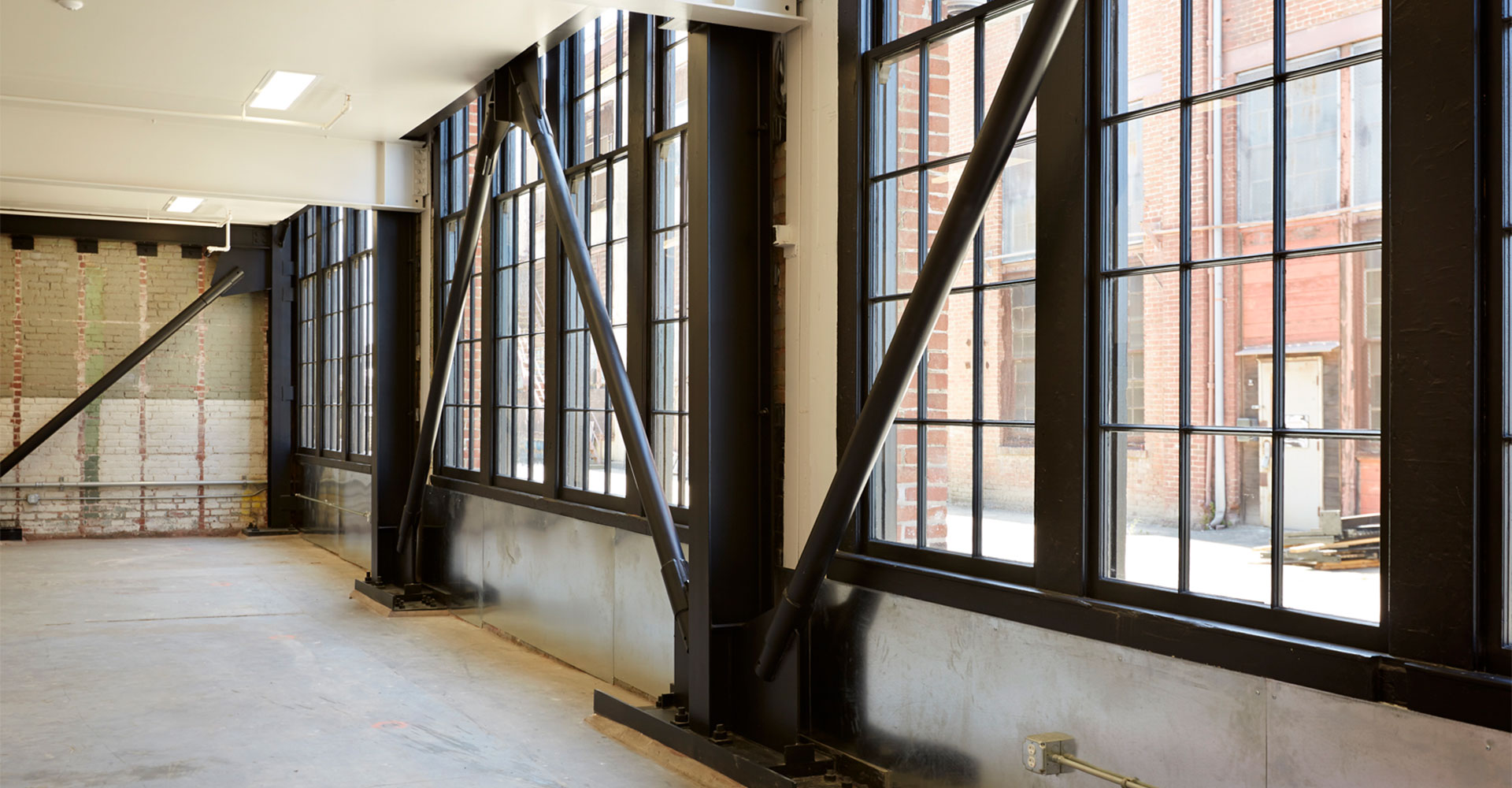
Strategies[ edit ]
seismic
retrofit (or rehabilitation) strategies have been developed in the past few decades following the introduction of new seismic provisions and the availability of advanced materials (e. G. Fiber-reinforced polymers (frp) , fiber reinforced concrete and high strength steel). Increasing the global capacity (strengthening).
 This is typically done by the addition of cross braces or new structural walls. Reduction of the seismic demand by means of supplementary damping and/or use of base isolation systems. Increasing the local capacity of structural elements. This strategy recognises the inherent capacity within the existing structures, and therefore adopts a more cost-effective approach to selectively upgrade local capacity (deformation/ductility, strength or stiffness) of individual structural components.
This is typically done by the addition of cross braces or new structural walls. Reduction of the seismic demand by means of supplementary damping and/or use of base isolation systems. Increasing the local capacity of structural elements. This strategy recognises the inherent capacity within the existing structures, and therefore adopts a more cost-effective approach to selectively upgrade local capacity (deformation/ductility, strength or stiffness) of individual structural components.
See also [ edit ]
Building codes are sets of regulations governing the design, construction, alteration and maintenance of structures. They specify the minimum requirements to adequately safeguard the health, safety and welfare of building occupants.
 Rather than create and maintain their own codes, most states and local jurisdictions adopt the model building codes maintained by the international code council (icc). The icc’s family of international codes includes:
international building code (ibc): applies to almost all types of new buildings
international residential code (irc): applies to new one- and two-family dwellings and townhouses of not more than three stories in height
international existing building code (iebc): applies to the alteration, repair, addition or change in occupancy of existing structures.
Rather than create and maintain their own codes, most states and local jurisdictions adopt the model building codes maintained by the international code council (icc). The icc’s family of international codes includes:
international building code (ibc): applies to almost all types of new buildings
international residential code (irc): applies to new one- and two-family dwellings and townhouses of not more than three stories in height
international existing building code (iebc): applies to the alteration, repair, addition or change in occupancy of existing structures.
Agarwal, p. And shrikhande, m. , 2006, earthquake resistant design of structures, 2nd edition, prentice-hall of india private limited, new delhi.
Tuned mass dampers [ edit ]
in place of structural elements, seismic dampers are used like diagonal braces to numb seismic reverberations in structures. Dampers absorb motion energy and convert it to heat, thus decreasing the resonant effects of rigidly attached structures. Besides adding energy dissipation capacity to the structure, supplementary damping has the ability to reduce the motion of the buildings. Supplementary dampers act similarly to shock absorbers in automobile suspension. Dampers such as viscous, viscoelastic, friction, yielding, tuned mass, and magnetic types are used for seismic retrofit projects.